Los Angeles, often dubbed the “City of Angels,” is a sprawling metropolis filled with diverse neighborhoods, cultural attractions, and iconic landmarks. This vibrant city, known for its entertainment industry, beautiful beaches, and rich history, offers a plethora of sights that capture the essence of Southern California. In this article, I’ll share some of the most iconic landmarks in Los Angeles with you, each offering a unique glimpse into the city’s multifaceted character.
Hollywood Sign
No visit to Los Angeles is complete without seeing the world-famous Hollywood Sign. Perched high in the Hollywood Hills, this iconic symbol originally read “Hollywoodland” as a real estate advertisement in 1923. Today, the nine white letters, each 45 feet tall, are a global symbol of the entertainment industry.
Getting There: The best views of the Hollywood Sign can be accessed from several points, including Griffith Observatory and Lake Hollywood Park. For a closer look, you can hike up the trails at Griffith Park, such as the Mt. Hollywood Trail or the Cahuenga Peak Trail. Remember, access directly to the sign is restricted, but these trails offer spectacular views and photo opportunities.
Nearby Attractions: After visiting the Hollywood Sign, explore the Griffith Observatory for a deeper dive into astronomy and some of the best panoramic views of Los Angeles. The observatory is free to the public and offers educational exhibits, a planetarium, and telescopes for public use.
Walk of Fame and TCL Chinese Theatre
The Hollywood Walk of Fame is a historic sidewalk that runs along Hollywood Boulevard and Vine Street, adorned with more than 2,600 brass stars embedded in the sidewalk. Each star honors a celebrity from the entertainment industry, including actors, musicians, directors, and producers. This landmark is not just a tourist attraction but also a tribute to the achievements of these stars.
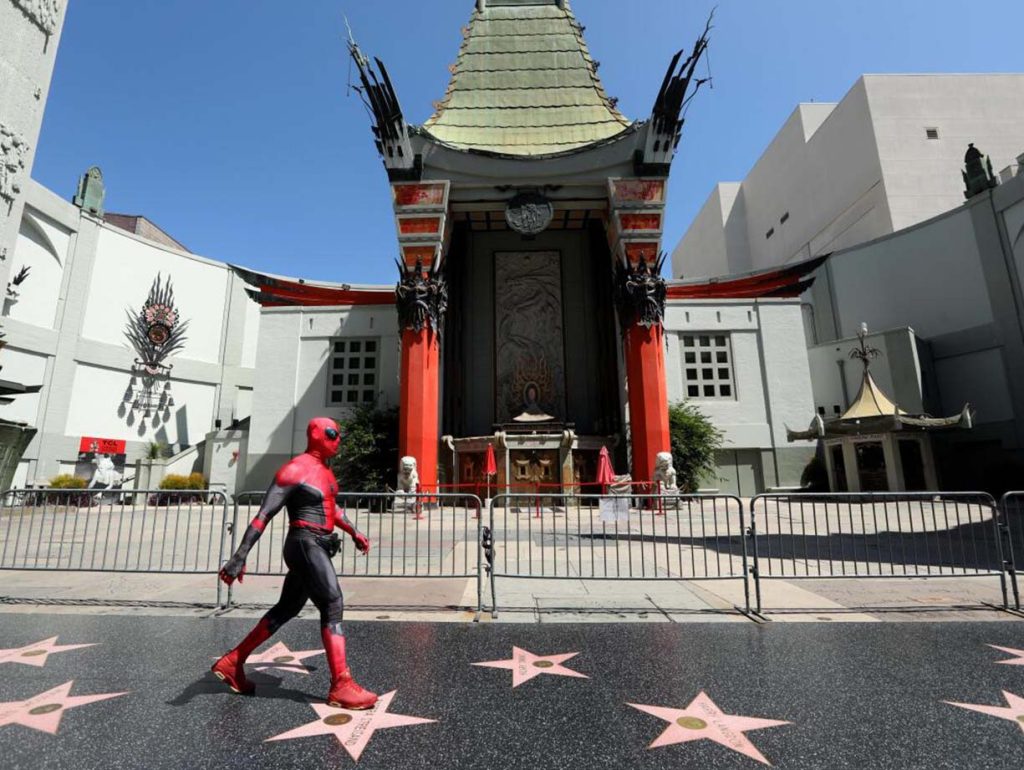
Adjacent to the Walk of Fame is the TCL Chinese Theatre, renowned for its unique architecture and its forecourt of handprints and footprints of famous stars. This historic theater has been a premiere venue for many major movie premieres and hosts screenings of some of Hollywood’s most significant films.
Getting There: Located in the heart of Hollywood, the Walk of Fame and TCL Chinese Theatre are easily accessible by car, public transport, or on foot. The Metro Red Line stops at the Hollywood/Highland Station, just a short walk away from these attractions.
Nearby Attractions: While in the area, consider visiting the Hollywood Museum for a fascinating look at Hollywood’s history, or take a stroll through Hollywood & Highland, a shopping and entertainment complex that offers more than just retail therapy.
Griffith Observatory
Griffith Observatory is one of Los Angeles’ most iconic landmarks, offering stunning views of the city skyline and the Hollywood Sign. The observatory, opened in 1935, is not only an architectural marvel but also a center for public astronomy. It houses a wide range of scientific exhibits, telescopes, and a planetarium that hosts shows about the universe.
Getting There: Griffith Observatory is located on the southern slope of Mount Hollywood in Griffith Park. The observatory is accessible by car, with parking available, though it can get crowded on weekends. Alternatively, you can hike up from the base of the park or take the DASH Observatory shuttle from the Vermont/Sunset Metro Red Line station.
Nearby Attractions: Griffith Park itself is a major attraction, offering hiking trails, the Los Angeles Zoo, the Autry Museum of the American West, and the Griffith Park Merry-Go-Round.
The Getty Center
The Getty Center, situated on a hilltop in the Santa Monica Mountains, is renowned for its impressive architecture, art collections, and gardens. Designed by architect Richard Meier, the Getty Center is part of the J. Paul Getty Museum and houses European paintings, drawings, sculpture, and decorative arts, as well as American and European photographs.
The Getty’s Central Garden is an artwork in itself, designed by artist Robert Irwin. The garden features a natural ravine and tree-lined walkway, a reflecting pool, and colorful arrays of plants that change with the seasons.
Getting There: The Getty Center is located off the 405 freeway. Visitors park at the base and take a tram up to the museum. Admission is free, but parking requires a fee.
Nearby Attractions: While in the area, explore the Skirball Cultural Center, a museum dedicated to Jewish heritage and culture, or head down to Santa Monica for a beachfront experience.
Santa Monica Pier
The Santa Monica Pier is a classic Californian icon, featuring an amusement park, aquarium, and numerous dining options. The pier, which opened in 1909, is home to the Pacific Park amusement park, known for its solar-powered Ferris wheel that offers breathtaking views of the Pacific Ocean.
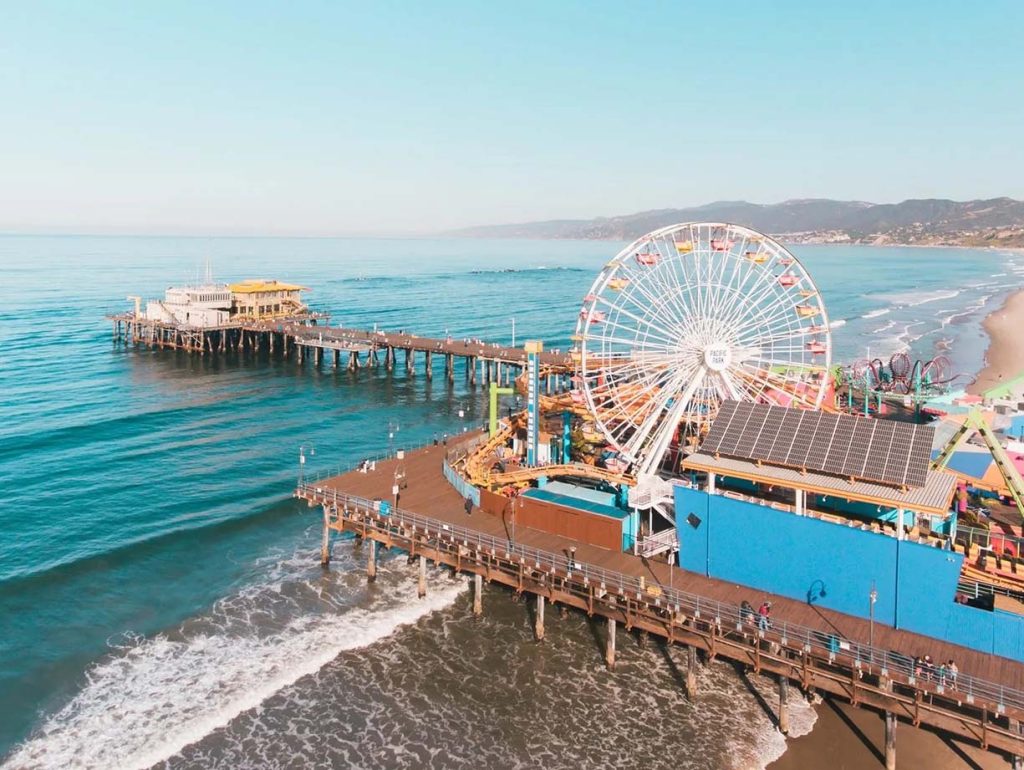
The pier also hosts the Santa Monica Pier Aquarium, which offers a close-up look at marine life native to the Santa Monica Bay. Street performers, souvenir shops, and the historic carousel make this destination a must-visit for tourists and locals alike.
Getting There: Located at the end of Colorado Avenue in Santa Monica, the pier is accessible by car, bus, or bike. The Metro Expo Line also extends to Downtown Santa Monica, providing an easy way to reach the pier from downtown Los Angeles.
Nearby Attractions: Just a short walk from the pier, you’ll find Third Street Promenade, a pedestrian shopping area filled with stores, restaurants, and entertainment. The nearby Santa Monica Beach is perfect for sunbathing, swimming, or enjoying a bike ride along the scenic beachfront path.
Los Angeles County Museum of Art (LACMA)
LACMA is the largest art museum in the western United States, known for its extensive collection of art that spans nearly every culture and historical period. The museum’s campus features iconic installations like “Urban Light,” a sculpture by Chris Burden consisting of 202 restored street lamps, and “Levitated Mass,” a large-scale sculpture by Michael Heizer.
LACMA’s collections include ancient artifacts, Islamic art, Asian art, European paintings, and contemporary works. The museum also hosts a variety of exhibitions, film screenings, and educational programs throughout the year.
Getting There: LACMA is located on Wilshire Boulevard in the Miracle Mile district. It is easily accessible by public transit, with several bus lines stopping nearby. Paid parking is available in the museum’s lot.
Nearby Attractions: The La Brea Tar Pits and Museum, located next to LACMA, offer a fascinating glimpse into prehistoric Los Angeles, featuring Ice Age fossils and live excavation sites. The Petersen Automotive Museum, just a short walk away, showcases an impressive collection of cars and automotive history.
Venice Beach
Venice Beach is one of Los Angeles’ most eclectic and vibrant neighborhoods, known for its bohemian spirit, colorful boardwalk, and Muscle Beach outdoor gym. The Venice Beach Boardwalk is lined with street performers, vendors, artists, and unique shops, making it a lively destination for people-watching and soaking up the local culture.
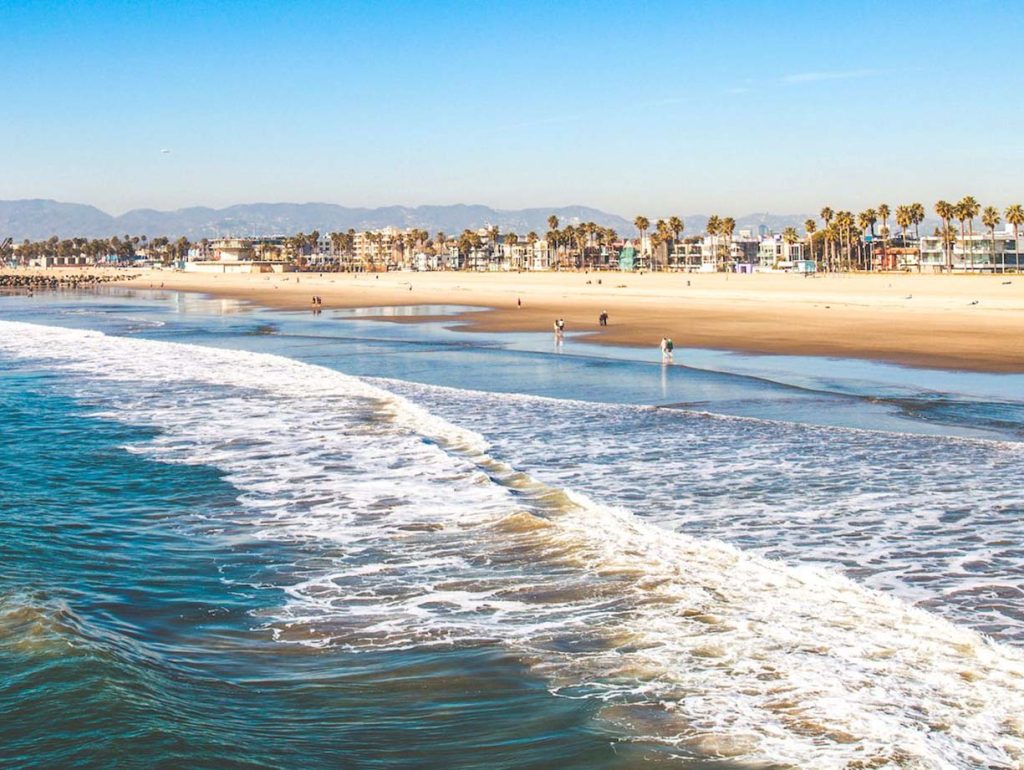
The Venice Canals, a residential district designed to resemble the canals of Venice, Italy, offer a quieter, picturesque escape from the hustle and bustle of the boardwalk. Walking through the area provides a peaceful retreat with beautiful homes and serene waterways.
Getting There: Venice Beach is easily accessible by car, with street parking and paid lots available. Public buses also serve the area, and it’s a popular destination for cyclists and walkers along the beachfront path.
Nearby Attractions: The Abbot Kinney Boulevard, known for its trendy boutiques, restaurants, and art galleries, is a great place to explore nearby. Additionally, the Venice Skatepark and the iconic Muscle Beach outdoor gym are popular attractions in the area.
Los Angeles is a city of dreams, offering a rich tapestry of cultures, history, and entertainment. From the iconic Hollywood Sign to the artistic landscapes of the Getty Center and the vibrant energy of Venice Beach, the city’s landmarks are as diverse as its people. Each site tells a story and provides a unique experience that reflects the dynamic spirit of LA. Whether you’re a first-time visitor or a seasoned traveler, exploring these iconic sights will give you a deeper appreciation for the City of Angels and its endless possibilities.
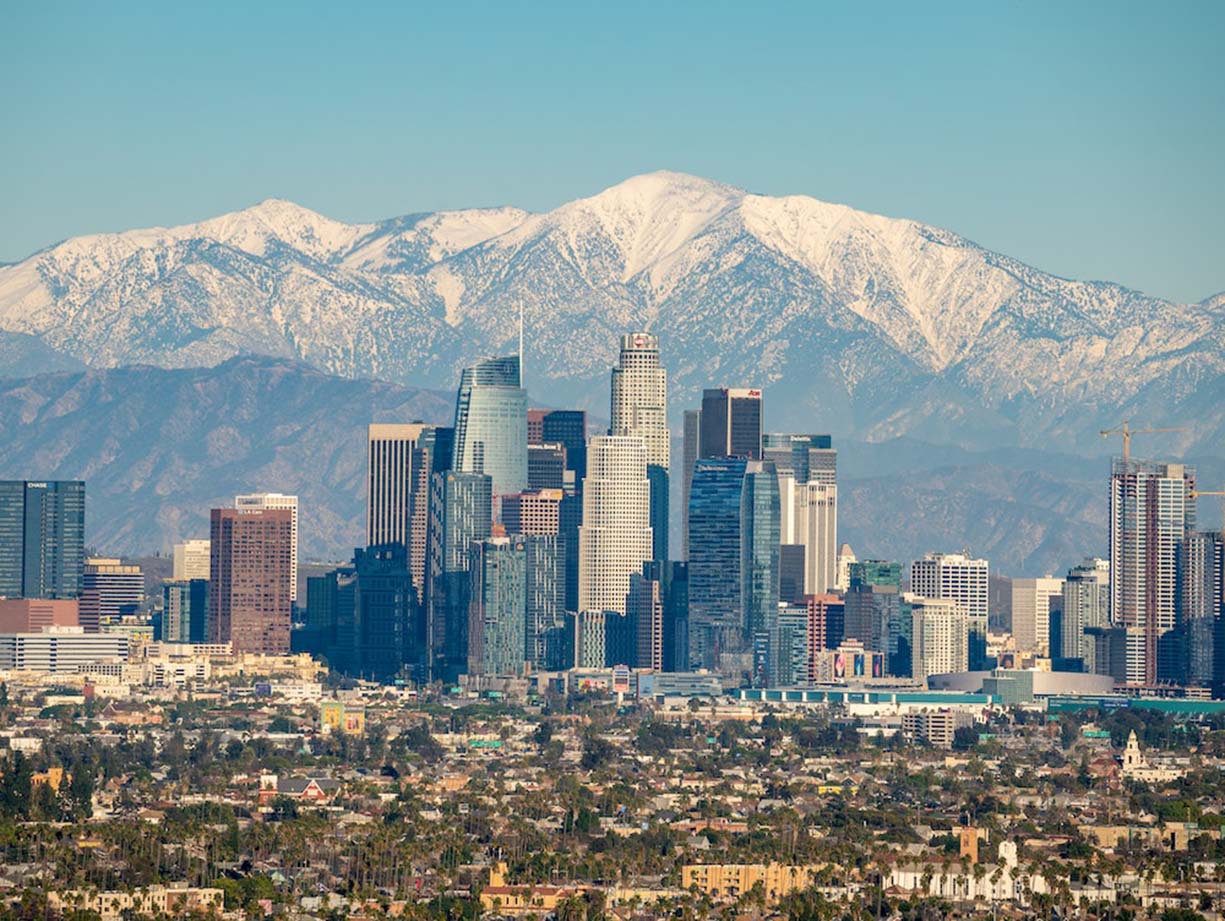
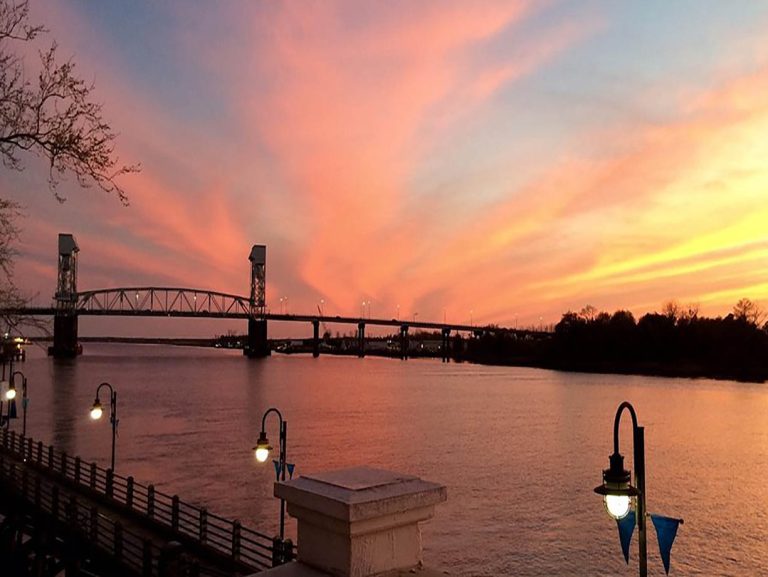
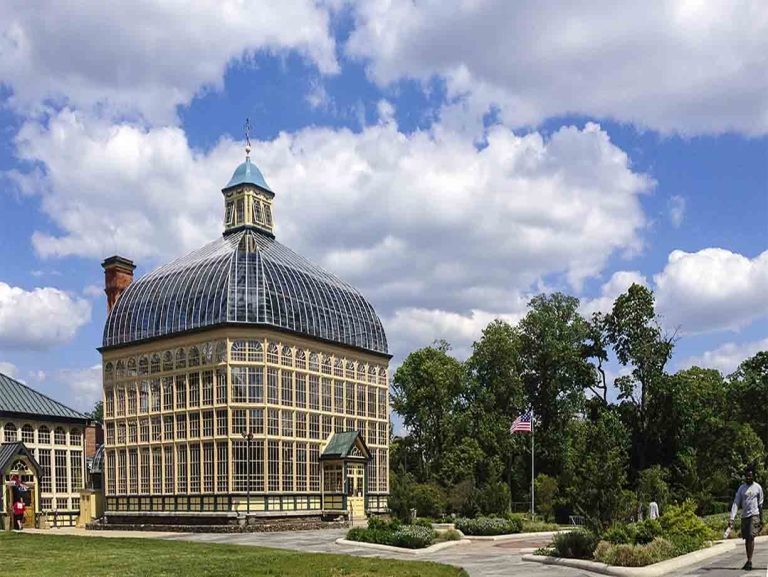
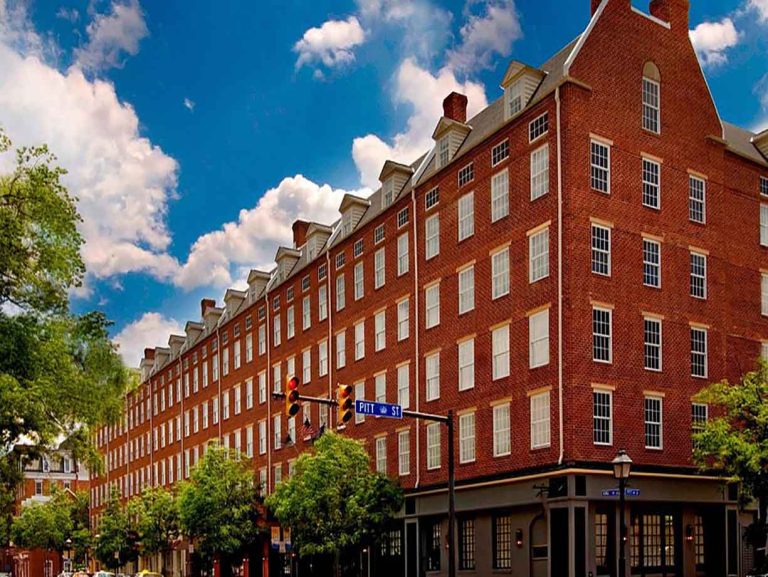
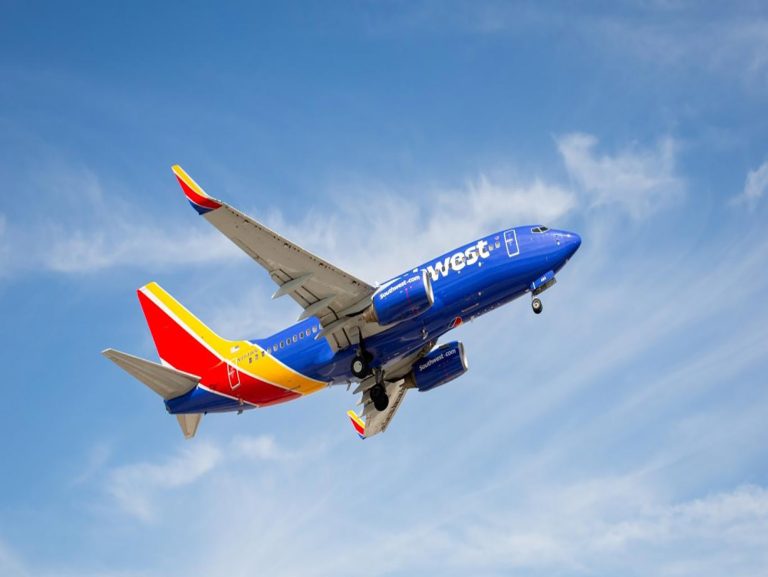
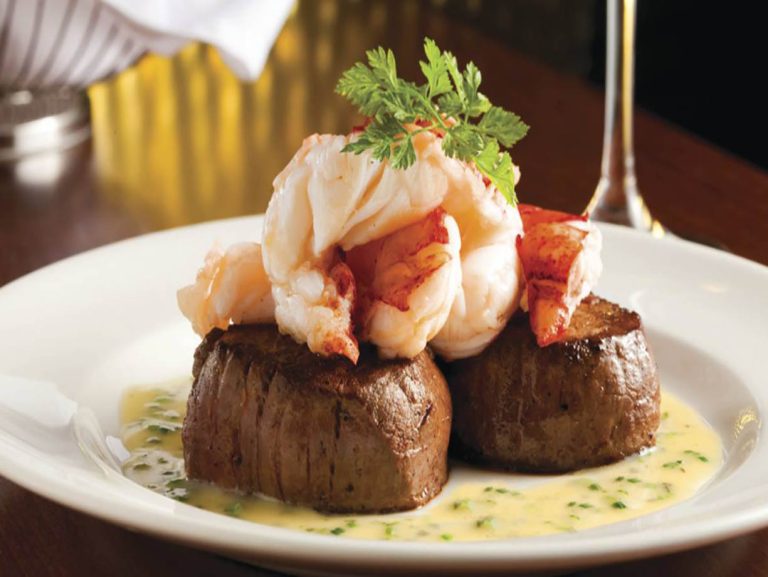
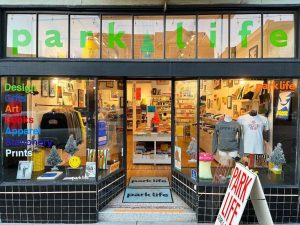


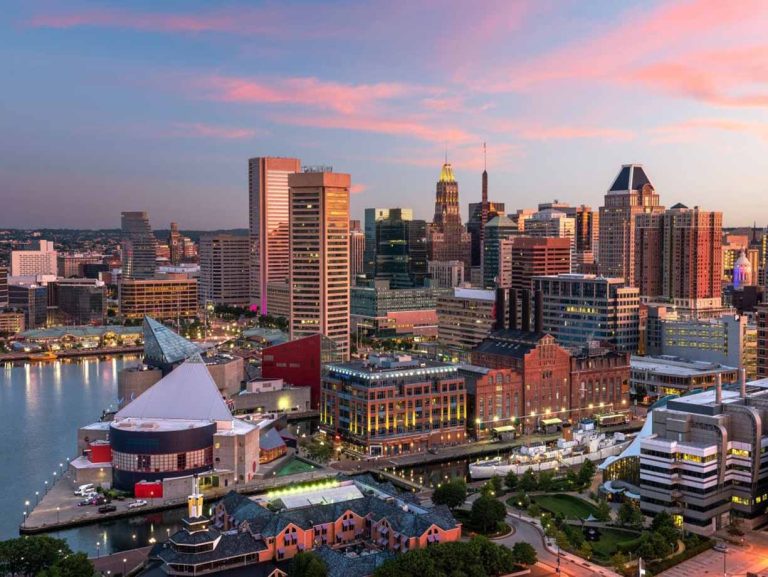
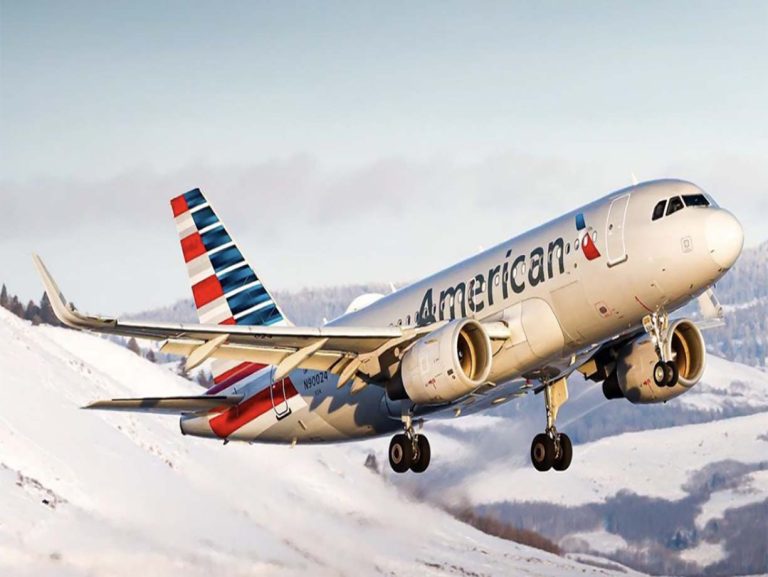

+ There are no comments
Add yours